| Lama Zopa Rinpoche explains about Heart-Spoon:
"What is a heart-spoon? When you're eating, you use a small spoon to extract the very best portion of the food in front of you. Similarly, this teaching on impermanence and death by Pabongka Dechen Nyingpo helps you extract the most precious essence from this human life: the ability to secure the happiness of all future lives, liberation from cyclic existence, and enlightenment for the sake of all sentient beings." The evil thought of the worldly concerns—supported by the concept of permanence—is constantly attacking us, interfering with our practice of Dharma, and preventing the actions of our daily life from becoming pure Dharma. The advice of the great Gelug lama Pabongka Dechen Nyingpo contained in this teaching (translated by Lama Zopa Rinpoche and Jampa Gendun) is extremely powerful in destroying the concept of permanence and the evil thought of the worldly concerns. Reading this teaching is similar to seeing a corpse: it brings your mind back to earth from its usual state of distraction, thoughts scattered like leaves in a gale. Instead of being distracted by hallucinations and wrong conceptions, you are caused to think deeply about your forthcoming death and what will happen to your consciousness at that time, what kind of life your next one will be. Such thoughts lead to the realization that you must practice Dharma continuously from now on. This is the only way to ensure a happy death. |
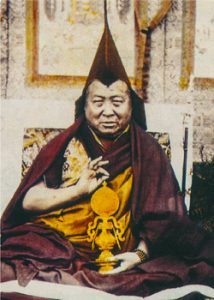
Ah, the hurt!
Kind Lama, look to this pitiful one—
How I behave and how I’ve cheated myself my entire life.
Please, look upon this mindless one with compassion.
The essential advice to give yourself—Heart-Spoon
Keep it deep within your heart.
Don’t be distracted; don’t be distracted!
Reflect upon the state of your life from the essential drop at your heart.
Since beginningless cyclic existence, which hasn’t ended up to now,
Though you’ve experienced countless cycles of rebirths—
Just so many variations on happiness and pain—
You’ve achieved not the slightest of benefit from them.
And though at present you’ve attained leisure and fortune so difficult to find,
Always till now, they’ve finished and been lost, have been empty and without meaning.
Now, if you care about yourself,
The time has come to practice the essence of future happiness— virtuous actions.
You appear so capable, smart, and clever, but you’re a fool
As long as you cling to the child’s play of the appearances of this life.
Suddenly you’re overwhelmed by the fearful Lord of Death
And, without hope or means to endure, there’s nothing you can do.
— This is going to happen to you!
Because you think, “I’m not going to die for some time, I’m not going to die for some time,”
While you’re distracted by the never-ending activities of this life,
Suddenly the fearful Lord of Death arrives,
Announcing, “Now it’s time to die.”
— This is going to happen to you!
Though you make arrangements, saying “tomorrow” and “tomorrow,”
Just then, suddenly, you have to go.
— This is going to happen to you!
And without choice, leaving behind in disarray
Your left-off work, left food and drink, you have to depart.
— This is going to happen to you!
There’s no time other than today to spread [your bedding] and go off to sleep;
Upon your last bed you fall like an old tree,
And others, unable to turn you with their [lily]-soft hands,
Tug at your clothes and blanket.
— This is going to happen to you!
Even if you completely wrap [your body] in last under and outer clothes,
Still you have no freedom to wear them other than just today,
And when [that body] becomes as rigid as earth and stone,
You behold for the first time your own corpse.
— This is going to happen to you!
Though you struggle to speak your last words,
Your will and expressions of sorrow,
Pitifully your tongue dries up, and you can’t make yourself clear—
An intense sadness overwhelms you.
— This is going to happen to you!
Though others put your final food, holy substances, and relics
With a trickle of water into your mouth,
You’re unable to swallow even a single drop,
And it overflows from the corpse’s mouth.
— This is going to happen to you!
Though surrounded by a circle of close relatives, heart-friends, and those near to your heart,
And even though they’re loving and distressed at the ending of your being together,
While crying and clinging,
Just then, you have to separate forever.
— This is going to happen to you!
Though you [experience] horrific hallucinations like a turbulence of waves
And are overcome by unbearable, excruciating pain,
Pitiful though you may be, there’s nothing to be done;
The appearances of this life are setting [like the sun].
— This is going to happen to you!
Though with unbearable compassion your lama and vajra-friends
Plead in your ear for a critical virtuous thought to arise,
And even though they do so with loving minds,
There’s no hope; it’s unthinkable.
— This is going to happen to you!
With an [expelled rasping] sound, “sor…sor…,” [at the time of death]
The movement of your breath builds faster and faster,
Then breaks like the string of a violin
And the end of your life has come to its close.
—This is going to happen to you!
There’ll come a time when your cherished and sadly lost lovely body
Is called “corpse”—disgusting and rotten,
And a time when your body, which can’t bear even rough bedding and mattress,
Is laid out on bare ground.
— This is going to happen to you!
There’ll come a time when your body, which can’t bear even a thorn,
Is chopped to pieces and [from the bone] its flesh is torn,
And a time when your body, which can’t stand even fleas and lice,
Is devoured by birds and dogs till nothing’s left.
— This is going to happen to you!
Though you [go to so much trouble blowing] “pur…pur…,” in dressing your body in the finest of clothes,
There’ll come a time when that body is placed within a burning house,
And your body, which can’t tolerate even the fire of [a glowing stick of] incense,
Must be burned in the midst of a fiery conflagration.
— This is going to happen to you!
There’ll come a time when, entering into roaring flames, all your flesh and bones are burned
And [reduced to] a pile of ash;
Or a time when your body, which can’t bear even heavy cloth,
Is wedged tight in a hole in the ground.
— This is going to happen to you!
There’ll come a time of the announcing, “the deceased, _______, him- or herself,”
At the beginning and end of your sweet name.
— This is going to happen to you!
And a time when the area is filled with the sobbing sounds
Of your affectionate, close companions and circle of servants.
— This is going to happen to you!
There’ll come a time when your clothes, hats, possessions, and livestock will be divided up
With nothing left in the four directions and corners,
And there’ll come a time when, in total despair, alone,
You reach the passage to the intermediate state.
— This is going to happen to you!
The terrors of the four fearful enemies descending upon you are going to come:
The appearance of being trapped under a mountain of packed rock and rubble,
And buried beneath a furious avalanche of earth— what to do?
The appearance of being set adrift on the surface of a vast sea
And carried away by violent, swirling waves—what to do?
The experience of your heart and ears being split open
By the sizzling and crackling sounds of a fiery conflagration— what to do?
The fearful experience of being enveloped and swept away
By the swirling dark winds of the end of an eon— what to do?
When you’re driven by the powerful red winds of karma
And swallowed up by a terrifying darkness—what to do?
When you’re bound with a lasso by the messengers of Yama
And, in total despair, are led away—what to do?
When you’re tortured in so many detestable ways
By ox- and scorpion-headed karmic agents—what to do?
When you’re before the Yama king, the Lord of Death,
As he weighs up the whites and blacks—your virtuous and non-virtuous actions—what to do?
When Yama exposes your lie of having spent
Your human life in attachment, hatred, and deceit— what to do?
When at Yama’s court the punishment that is the ripening effect
Of your negative actions [is meted out]—what to do?
When your naked body is stretched out on the glowing red-hot iron
ground in the fires of hell—what to do?
Though your body is cut to pieces by a rain of weapons,
Still you must experience it without dying—what to do?
Though you’re cooked in molten iron until your flesh falls away and your bones disintegrate,
Still you must experience it without dying—what to do?
Though your body and fire burn inseparably,
Still you must experience it without dying—what to do?
When your body is pierced by a freezing cold wind
And cracks into a hundred thousand pieces—what to do?
Having fallen into the miserable state of a hungry ghost with its hunger and thirst,
You have to starve for many years—what to do?
When you’ve become one of those stupid, dumb, unfortunate animals
That eat each other alive—what to do?
When the unbearable sufferings of the evil-gone realms
Have actually befallen you—what to do?
Now! Don’t be distracted! [With the sounds of hurrying] “la…ur…la…ur…,”
Right this moment is the time to steel your will.
It’s not only time—it’s almost too late.
Right now! Right now! “La…ur…la…ur…,” [apply yourself with] great force!
Holy precept of the lama, kind father;
Heart of the authoritative scriptures of the Victorious Losang;
Practice of the pure path of complete sutra and tantra;
It’s time to place real experience upon your mindstream.
Who’s the faster:
Yama, the Lord of Death,
Or you in your practice of realizing the essence of your eternal dream—
The welfare of both yourself and others—as much as you can each day?
Unifying the three doors [of your body, speech, and mind],
Put the whole of your effort into your practice.
_______________________________________________________________________________________
COLOPHON
In response to a request in the past from Ngawang Nyandrag, who singlepointedly dedicated his life to practice, and a recent request from the manager of the Potala, Pelshi Kunngo Sönam Kunga, I was persuaded [to compose] for myself and all others "Heart-Spoon: Encouragement through Recollecting Impermanence". I, with the incarnation name of Pabongka, wrote this text at Tashi Dechen Monastery at Drula in the district of Kong.
[It was translated into English from Tibetan by Lama Zopa Rinpoche and Gelong Jampa Gendun at Chenrezig Institute, Australia, on the auspicious occasion of its twentieth anniversary, September 1994.
Whatever merit may have been accumulated through the translation of these profound holy vajra-words of Pabongka Dechen Nyingpo—Heruka in human form—may they immediately and completely fulfill all his vast and profound wishes. And may anyone who touches this text, sees, hears, recalls, or practices it receive the blessings of holy Pabongka upon their mindstream and may they and all other sentient beings have the realization of impermanence in terms of death—the basis of the Lesser, Perfection, and Vajra Vehicles—and, quickly actualizing bodhicitta, may they all swiftly reach buddhahood.]
MAY GOODNESS AND VIRTUE FLOURISH

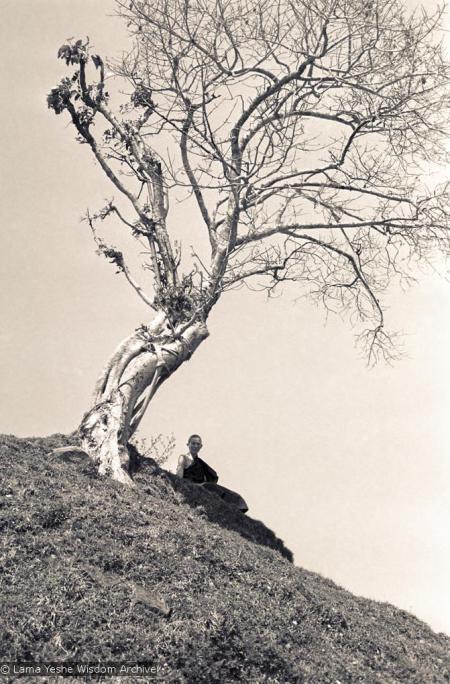
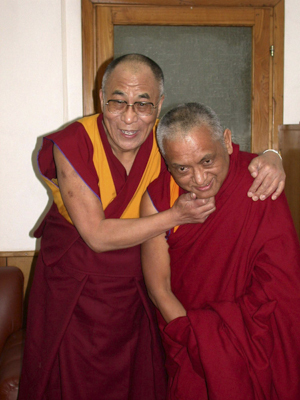
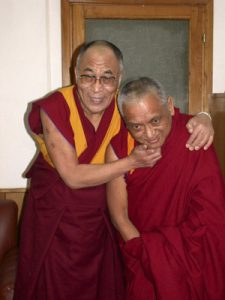 LA MA KHYEN
LA MA KHYEN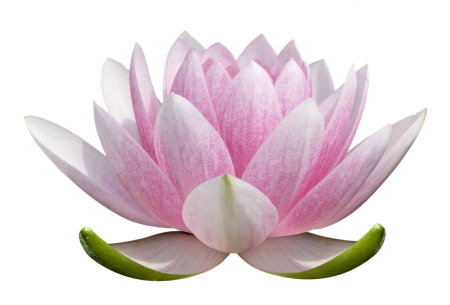
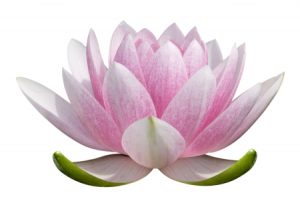 Homage to great compassion.
Homage to great compassion.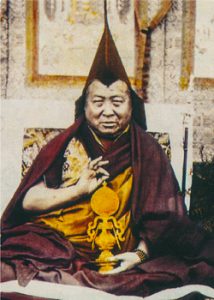
 How to Meditate on the
How to Meditate on the